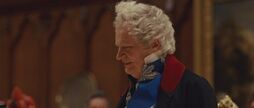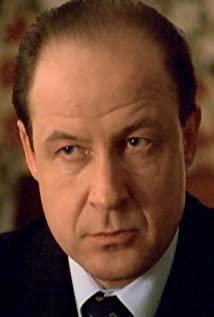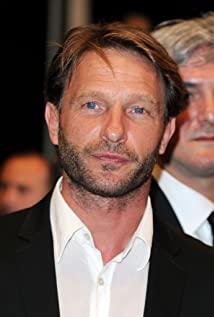The young Victoria is starred by Emily Blunt, who has played the violent female secretary in Devils in Prada. A girl is not a beauty, but neither is Queen Victoria, so she really has the charm of a 19th century plump face when she dresses up. Rupert Friend, who plays Prince Albert, is not well-known--I haven't seen his movie anyway, but that kind of affectionate husband and lonely foreigner look is really handsome, I guess it can fascinate a little girl. However, the husband of the Queen of England has always been a bitter character. Except for the talented queen of Elizabeth I who does not need to be married, the remaining princes are a bit unable to balance between politics and love.
The film focuses on the story before and after Victoria’s accession to the throne. The transformation of a little girl who never knows the world to a high-powered European grandmother is a story of "at the beginning", how children grow up, how to establish the British Isles and the whole of Europe. One hundred years of Taiping ruled the world. However, the focus of the film is still on love. Looking at the poster, you can see that Albert's status in history is not important. In this film, it is Victoria’s guide, flower protector, and the perfect Qiong Yao who gave up freedom for love. The actor caused Victoria to prepare clothes for him every day during the second half of his widowed life. The house has always retained the appearance of his death, although he died of typhoid at the age of 42-but in my opinion, it is Victoria who inherited the Hanoverian dynasty. His stubborn personality and dependence on Albert are caused by him, not by love.
Some details of the movie are very interesting. For example, Victoria came to the first dance party after Coronation. The camera suddenly pulled her away from the group performances behind, as if the goddess came to the world, and it was slowed down at the end. The love scene depicts that basically all beautiful places are deliberately slowed down, with Schubert's serenade, a fairy tale of European romanticism in the 19th century.
View more about The Young Victoria reviews











